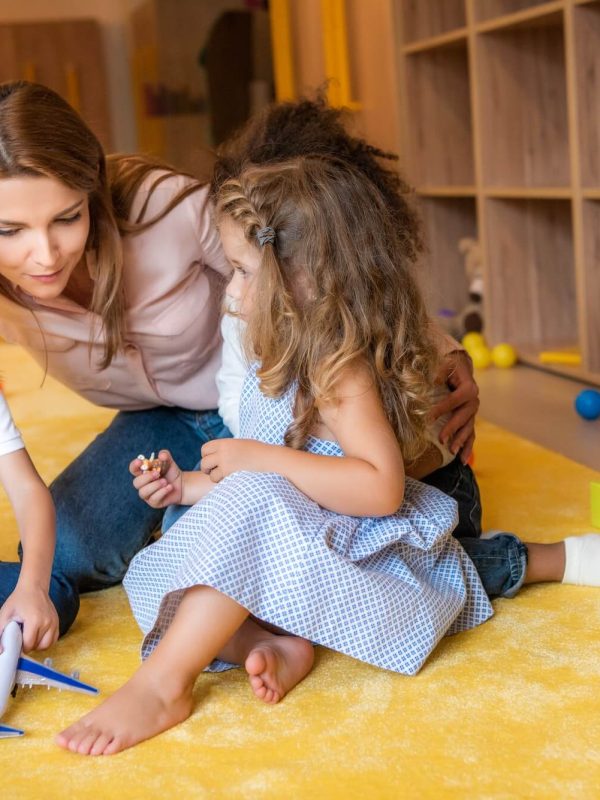
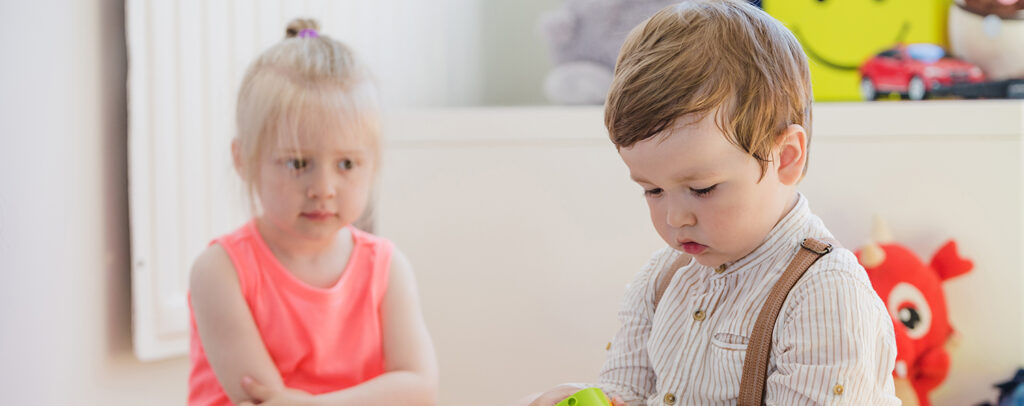
Infant and toddler curriculum focuses on fostering early childhood development through age-appropriate activities that promote physical, emotional, cognitive, and social growth. For infants, the curriculum emphasizes sensory experiences, such as touch, sight, sound, and movement, to stimulate brain development and help build foundational skills like object permanence and motor coordination. As toddlers begin to gain more independence, the curriculum shifts to encourage language development, social interactions, and problem-solving through activities like storytelling, group play, and hands-on exploration. Overall, the goal is to create a nurturing environment where infants and toddlers can learn at their own pace, build confidence, and develop the essential skills they need to succeed in later stages of life.

Teachers act as partners, working alongside children and communicating with them both verbally and nonverbally to encourage learning. Key strategies for adult-child interactions are sharing control with children, communicating as a partner with children, scaffolding children’s play, using encouragement instead of praise, and taking a problem-solving approach to supporting children in resolving conflicts.
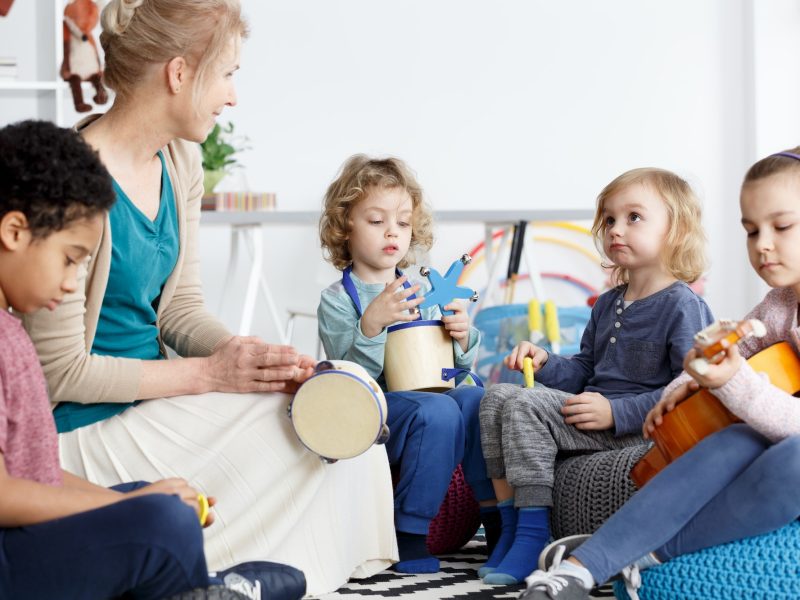
To create a predictable and active learning environment, teachers arrange and equip the classroom with diverse, open-ended materials that reflect children’s home, culture, and language. The room is organized and labeled to promote independence and encourage children to carry out their intentions.
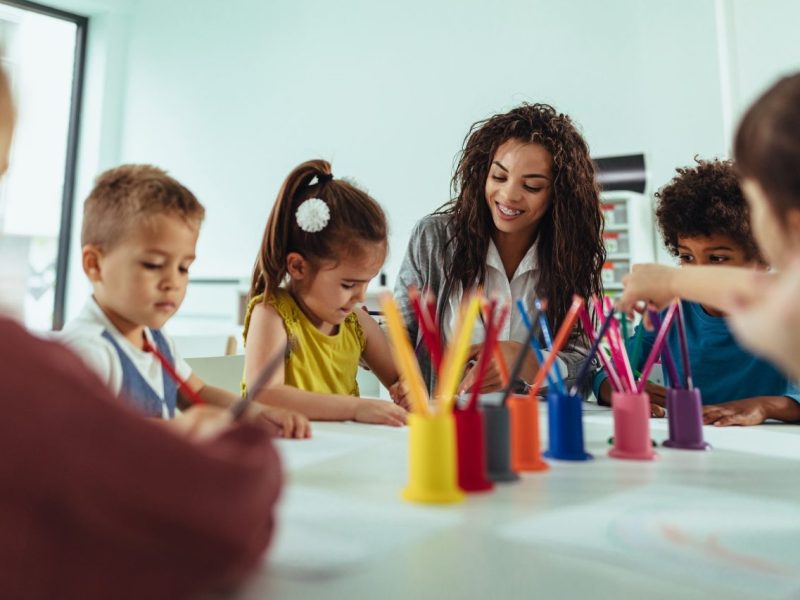
A consistent framework for the day provides a balanced variety of experiences and learning opportunities. Children engage in both individual and social play, participate in small- and large-group activities, assist with cleanup, socialize during meals, develop self-care skills, and exercise their small and large muscles. The most important segment of the daily routine is the plan-do-review sequence, in which children make decisions about what they will do, carry out their ideas, and reflect upon their activities with adults and other children. These higher-level thinking skills are linked to the development of executive functions, which are needed to be successful in school and life.
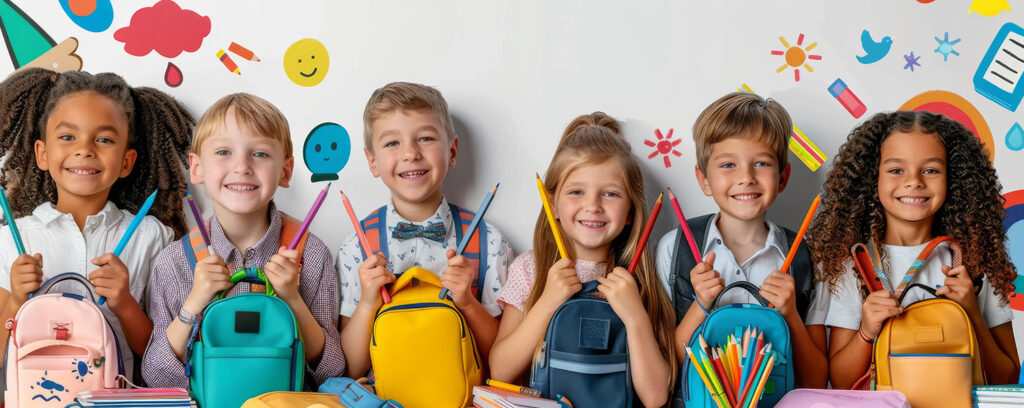
Preschool curriculum is designed to support children’s transition from early childhood into more structured learning environments, focusing on developing social, emotional, cognitive, and physical skills. At this stage, the curriculum emphasizes early literacy and numeracy, with activities that promote language development through storytelling, letter recognition, and simple math concepts like counting and sorting. Preschoolers also engage in creative play, art, music, and movement to foster imagination and fine motor skills. Social development is a key focus, as children learn to share, cooperate, and resolve conflicts with peers. The curriculum balances structured learning with opportunities for free play, allowing children to explore their interests and develop independence while preparing them for kindergarten and beyond.
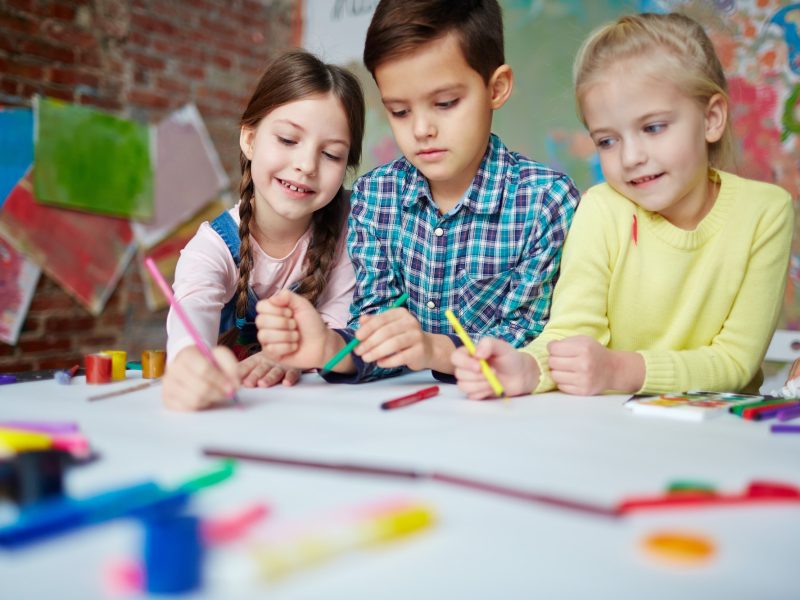
Teachers act as partners, working alongside children and communicating with them both verbally and nonverbally to encourage learning. Key strategies for adult-child interactions are sharing control with children, communicating as a partner with children, scaffolding children’s play, using encouragement instead of praise, and taking a problem-solving approach to supporting children in resolving conflicts.
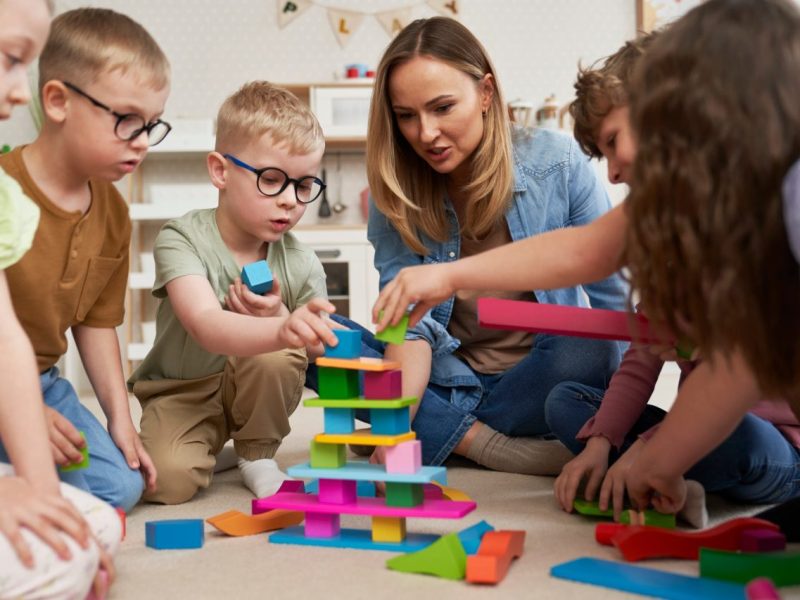
To create a predictable and active learning environment, teachers arrange and equip the classroom with diverse, open-ended materials that reflect children’s home, culture, and language. The room is organized and labeled to promote independence and encourage children to carry out their intentions.
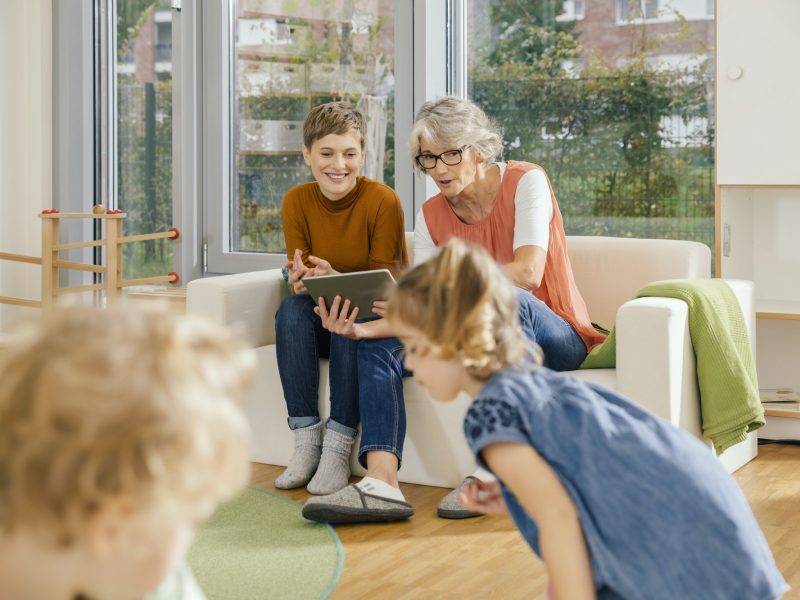
A consistent framework for the day provides a balanced variety of experiences and learning opportunities. Children engage in both individual and social play, participate in small- and large-group activities, assist with cleanup, socialize during meals, develop self-care skills, and exercise their small and large muscles. The most important segment of the daily routine is the plan-do-review sequence, in which children make decisions about what they will do, carry out their ideas, and reflect upon their activities with adults and other children. These higher-level thinking skills are linked to the development of executive functions, which are needed to be successful in school and life.